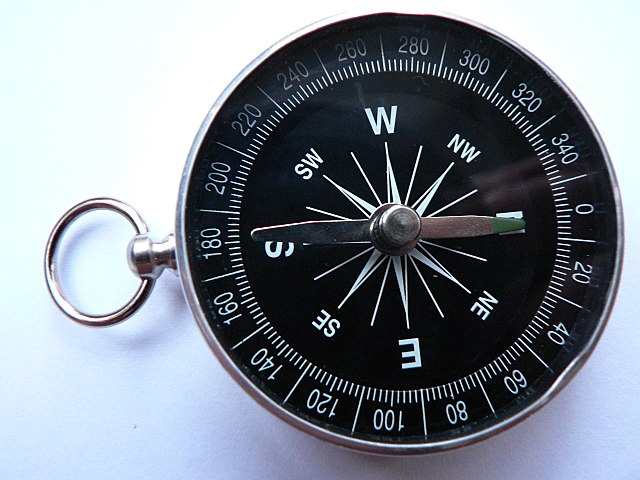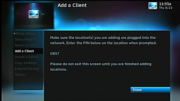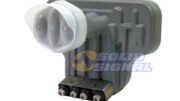Ah, the questions some people ask. They want to know if the compass in your $600 smartphone performs as well as the $4.00 one you’ll get in the sporting goods department of your big box store. It’s tempting to laugh at the questions, but you first need to understand the way the compass works in a smartphone.
Let’s take a look at the facts
Smartphone compasses are usually part of a single device that acts as a gyroscope, compass, and accelerometer. In other words it measures whether or not you’re level, where you’re pointing, and how fast you’re moving. There really is a tiny little mechanical thing in your phone that is sensing this stuff. A lot of people think the compass in a phone is some sort of digital simulation. Yes, the GPS chip in your phone can get a good idea of your compass heading if you’re moving, and that would be a simulation. However, there’s still going to be that real, actual compass inside the phone.

Small, but powerful
Just because the compass is tiny doesn’t mean that it’s worse than a big one. Compass technology is pretty mature, folks, considering the Chinese had them over 2,000 years ago. It’s based on very well-established principles and today’s super-precise manufacturing techniques mean that a tiny little compass can in face be quite accurate.
You do need to be aware that your smartphone can get confused by local magnetic sources. So can any compass. Sometimes, too, the compass app can get a little wonky. So, you know, don’t fly a plane full of people with just the compass in your phone to guide you (which, by the way was illegal the last time I checked.) But when it comes to the compass in your phone, it’s a much better device than the cheap one in the store. The cheap one in the store is surprisingly good, but it’s not going to give you an exact heading and it’s not going to give you an idea when it needs to be recalibrated. Phone compasses do both of these things.
The thing about all compasses
It’s briefly worth mentioning that of course, compasses point to magnetic north, which is different from true north. The magnetic north pole is a couple of hundred miles from the “true” north pole. It represents the point where the magnetic field of the the earth converges on one of its two points. The true north pole is the point where the earth’s axis (if it were a real thing like a pole) would be. In other words it’s the point the earth rotates around. It’s used for navigation.
If you’re aiming a satellite dish or antenna, make sure you know if the readings you’re getting from a web site are true or magnetic. Usually, they are magnetic. If they are true, then find out what the variation between the two is. It varies depending on where in the world you are. Be sure to add or subtract that number so you aren’t pointing in the wrong direction.





